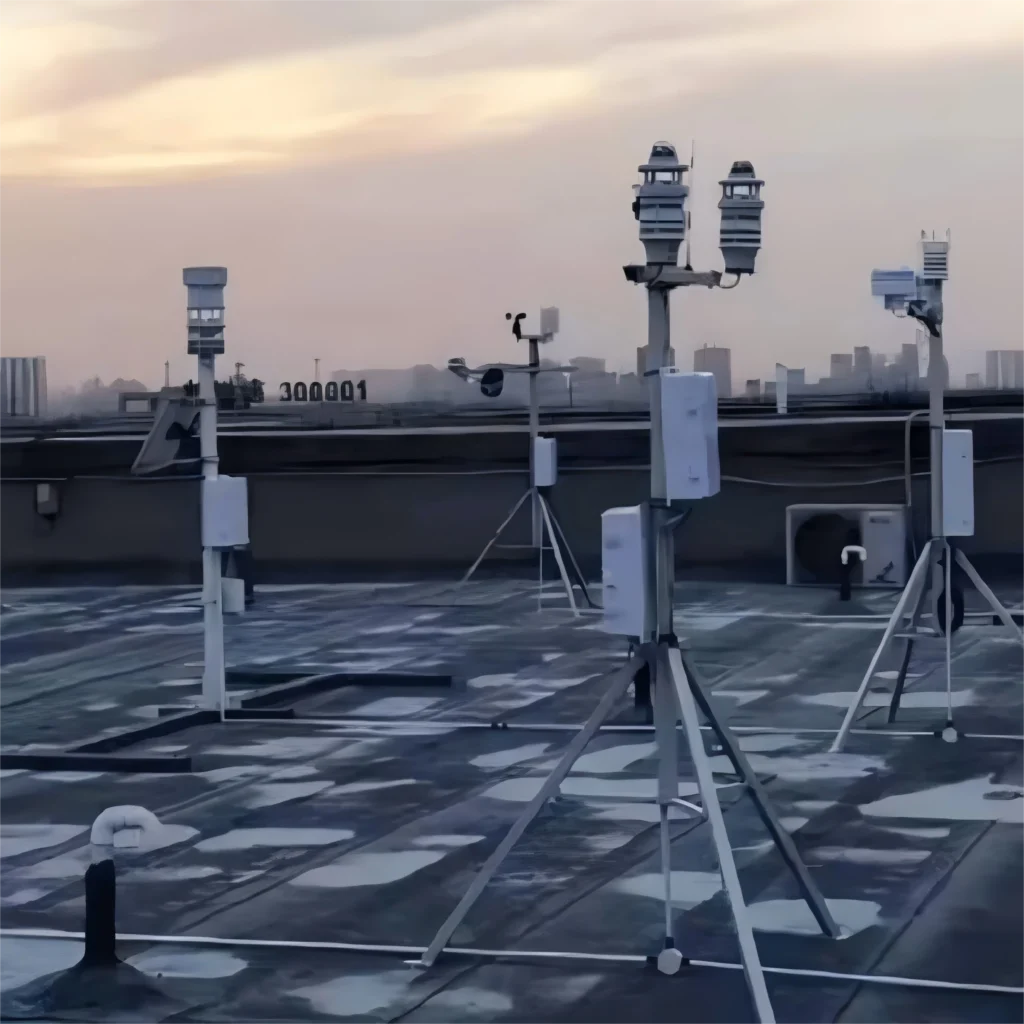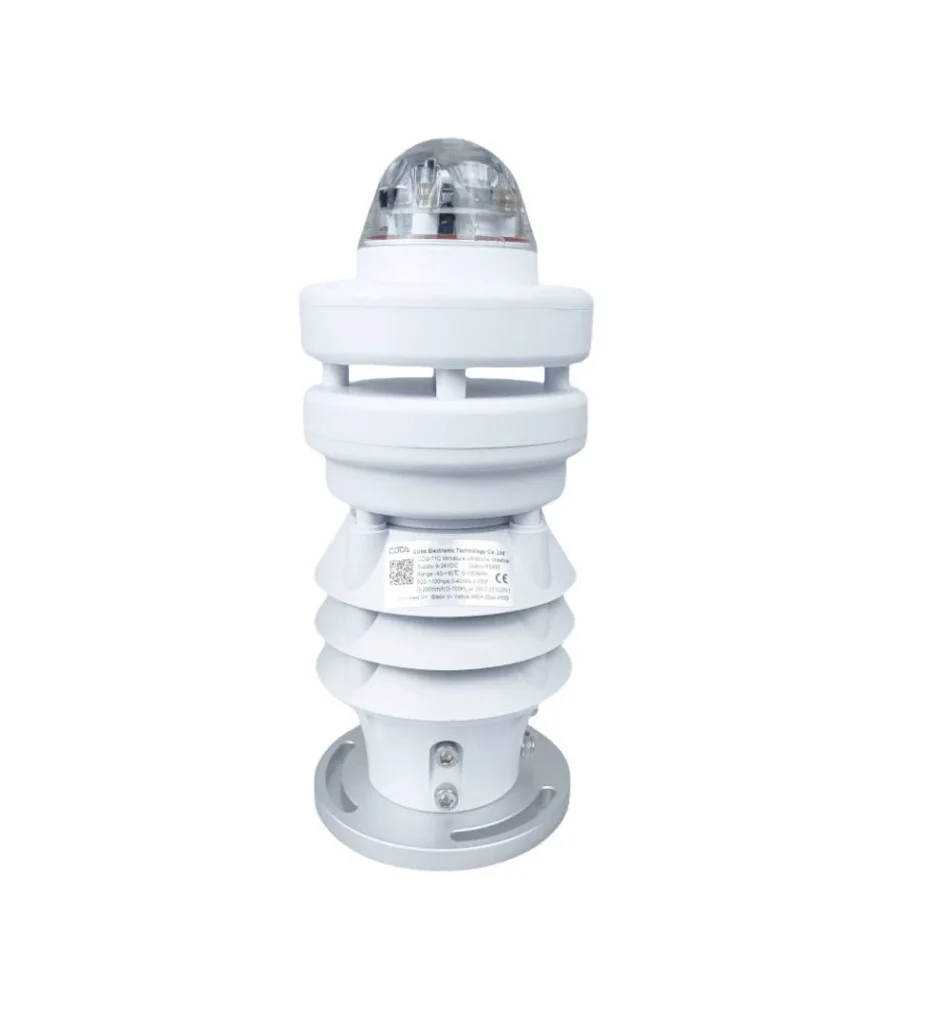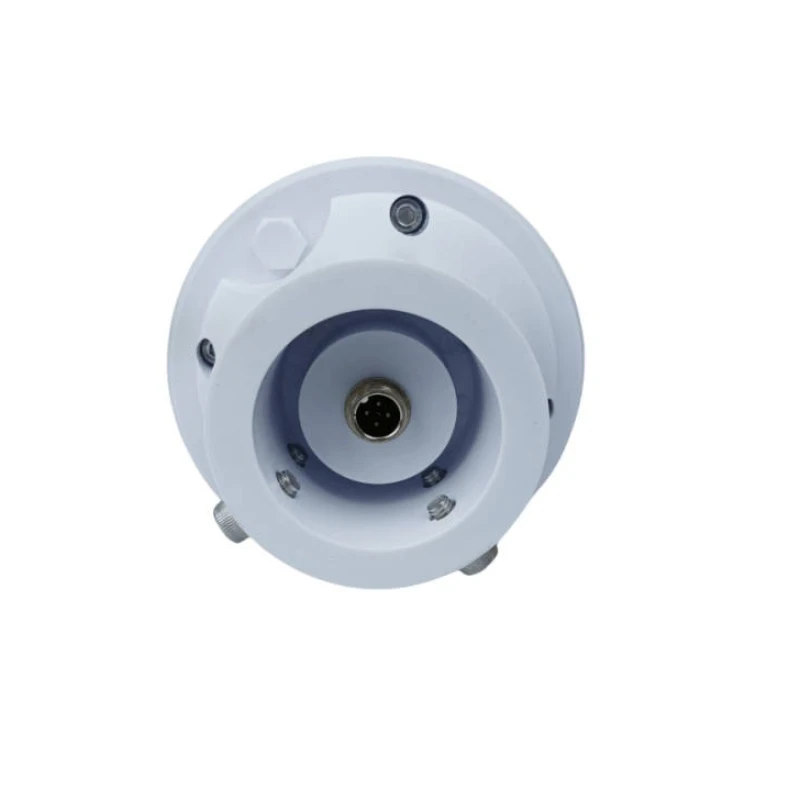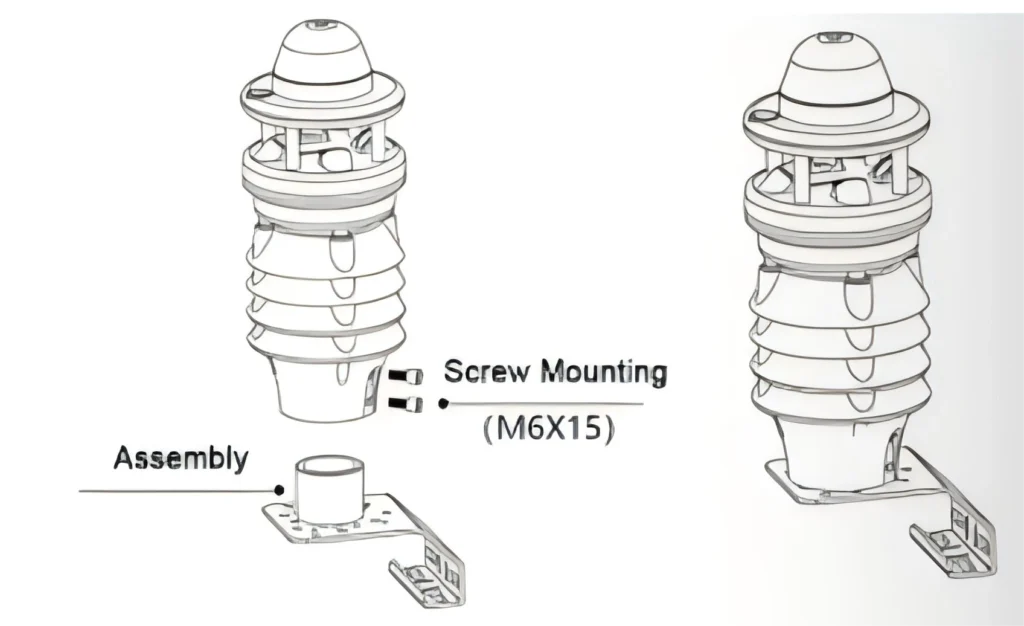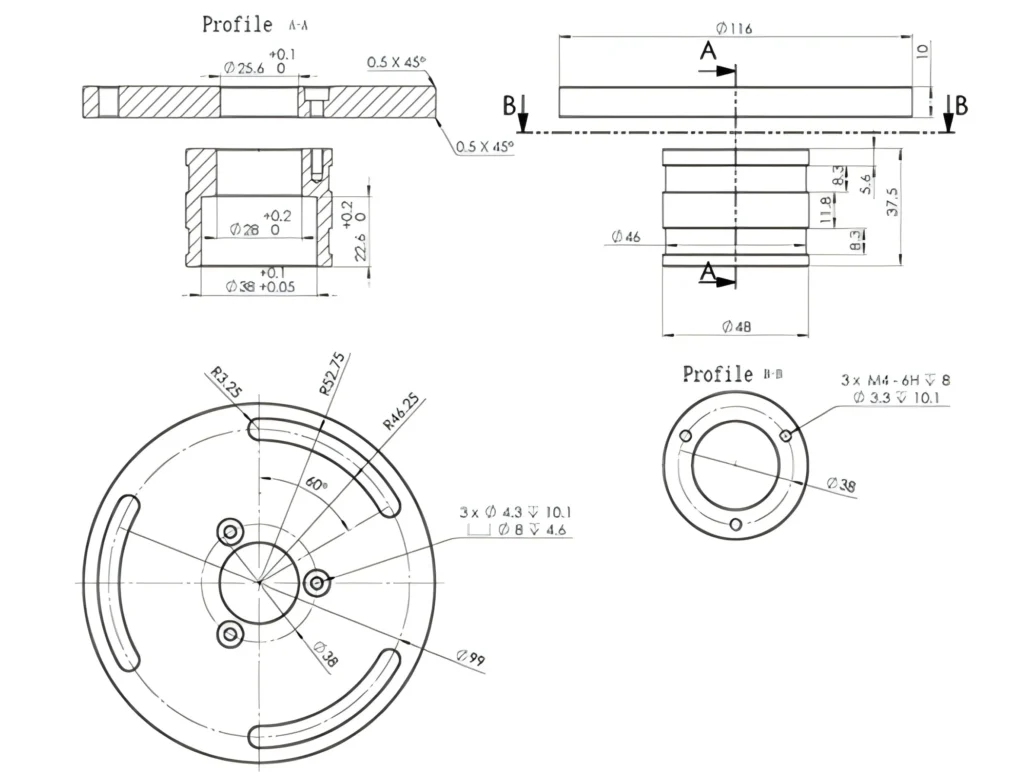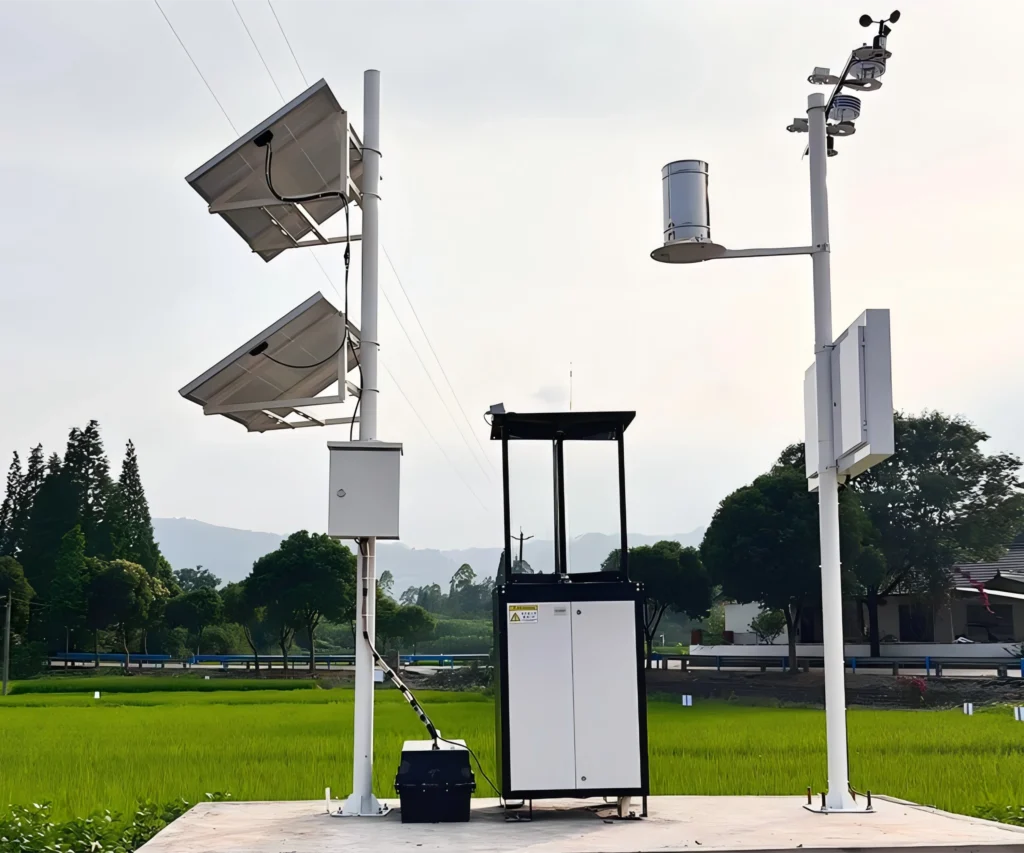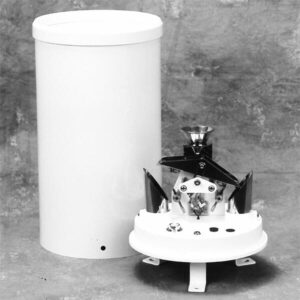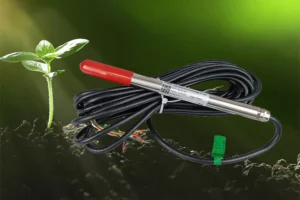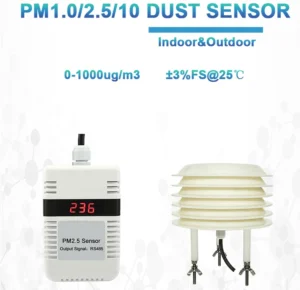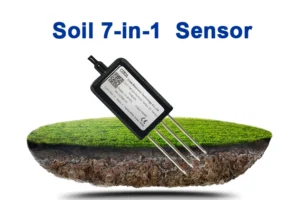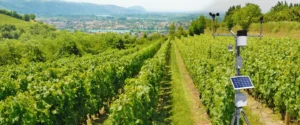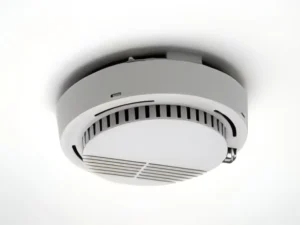Multi-in-one weather station
All in one weather station is a kind of integrated meteorological monitoring equipment, which can measure many meteorological elements simultaneously. Temperature, humidity, air pressure, wind speed, wind direction, rainfall, solar radiation and other meteorological parameters can be monitored in real time. These data are of great significance to many fields such as weather forecast, climate research, agricultural production and environmental monitoring.
why choose the CDQ-T1C Automatic Integrated Weather Station?
Multiple parameter selection
The multi-in-one weather station has strong functional scalability, and can flexibly select a variety of meteorological parameters such as temperature, humidity, air pressure, wind speed, wind direction, rainfall, solar radiation for accurate monitoring and data collection to meet the different needs of meteorological research, agriculture, environment and other fields.
Structural integration
The weather station adopts an integrated structure and integrates a variety of meteorological sensors, which not only saves installation space and cost, but also makes data collection more convenient and efficient, and the system has strong stability, which can play an excellent role in meteorological monitoring, environmental assessment and other aspects and effectively reduce maintenance difficulties.
Flexible design
Designed for easy movement and installation, it can be flexibly deployed in different locations for meteorological observation according to actual needs, such as farmland, orchards, construction sites, campuses, etc.
high-accuracy
Using advanced sensor technology and data processing algorithm, it can provide accurate meteorological data, help to predict and evaluate weather changes more accurately, and provide reliable basis for meteorological research and agricultural production.
cost-effectively
Multi – in – one weather stations are more cost – effective than buying multiple single – function meteorological observation devices. Their integrated design also lessens maintenance workload and costs during use.
Low power consumption and energy saving
Using low-power processing technology, some devices also support energy saving methods such as solar power supply, which reduces energy consumption, reduces operating costs, and is more environmentally friendly.
installation
Installation bracket: According to the design requirements of the weather station, install a fixed bracket. The support should be firmly fixed on the ground or building to ensure its stability. The support can be secured to the foundation connection using expansion bolts or chemical anchors.
Mounting flange: Connect the flange to the support. Bolt connection is usually used to ensure that the connection between the flange and the support is firm and reliable, and the bolts should be evenly tightened to prevent loosening. In the installation process, pay attention to the levelness of the flange, you can use a level to measure and adjust.
Install weather station: Install various weather sensors on the flange. Different sensor installation methods may vary slightly, but the sensor is generally fixed on the flange by threaded connection or bayonet connection.
Connect the cable: Connect the cable between the sensor and the data collector. Ensure that the line is connected correctly and firmly to avoid loosening or poor contact.
Levelness check: Use a level to check the overall levelness of the weather station again and ensure that the sensor is in a level state to ensure the accuracy of the measurement data.
application:
Weather forecast:
Real-time weather data provided by multi-in-one weather stations is an important input parameter of weather forecast model. Through the analysis and processing of these data, combined with the numerical weather forecast model, the meteorological department can more accurately predict the weather changes, such as heavy rain, strong wind, cold wave and other severe weather early warning.
agricultural production
Farmers can rationally arrange their farming activities according to the temperature, humidity, rainfall and other data provided by the weather station. For example, farmers can determine whether irrigation is needed according to rainfall, and decide whether it is suitable for crop sowing and fertilization based on temperature and humidity. Moreover, in greenhouse planting, growers can better control the greenhouse environment by monitoring meteorological data. For instance, they can adjust the opening and closing of the sunshade net using solar radiation data to ensure the lighting needs of crops.
environmental monitoring
Environmental scientists can use weather station data to study the effects of climate change on the ecological environment. For example, through long-term monitoring of temperature, pressure and other data to analyze the trend of climate change, and study the diffusion law of air pollution, because wind speed and wind direction and other data will affect the transmission path and range of pollutants.
traffic and transportation
Traffic departments can effectively manage traffic based on meteorological information provided by weather stations, especially wind speed, visibility, rainfall and other data. For example, in foggy weather or rainstorm weather, timely issue traffic warnings, adjust the speed limit on highways, and ensure traffic safety
constructional engineering
During the building design and construction phase, the data from the weather station can help engineers consider the performance of the building such as wind, rain and heat preservation. For example, designing the shape and structure of buildings based on local wind speed and direction data so that they can better withstand strong winds; Optimize building lighting and insulation design based on solar radiation data.
data transmission:
Output:RS485(Modbus-rtu) / SDI-12 / Modbus-tcp
Transmission mode: 4G /WIFI / Ethernet
You can choose to transfer the data to the CODA cloud platform, and you can view and download the data online on both mobile and PC.
Real-time data can also be obtained to the system through the API interface.
The controller relay output function can be customized.
